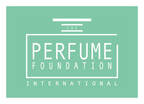|
By Terry Johnson, IPF Vice Chair For many years the International Perfume Foundation (IPF) has been very proactive in supporting bees as being critical for returning flowers to nature. Yet according to recent studies, this support is undermined by honey marketers who adulterate as much as 70% of the world’s supply of honey, making it the third most adulterated food, behind milk and olive oil. “Honey can be faked and adulterated in many different ways to fraudulently control the market,” according to the World Honey Market. “Common strategies include diluting the honey with sugars or syrups or feeding corn syrup to the bees rather than allowing them to forage for pollen.” The impact of this fake honey threatens domestic beekeepers’ existence, while bees are prevented from performing their key role as pollinators by fake honey factories, putting our entire food supply at risk. All because of the efforts to flood the US and EU honey markets with fake honey, primarily from China. Again, from the World Honey Market: “Beekeepers in the United Kingdom have been hit particularly hard. The U.K. received 47% of Europe's honey imports from China in 2018, but a Honey Authenticity Project lab analysis of 11 supermarket brands found that none complied with E.U. labeling standards.” To summarize the issues involved:
0 Comments
By Hamdane Allalou, IPF Algeria Chair Algeria's microclimate and geographical diversity provide several advantages for growing plants for perfume, aromatics, medicinal herbs, and essential oils.
Located in North Africa, Algeria has a diverse microclimate due to its vast territory and geographical features. The country experiences a Mediterranean climate along the northern coastline, characterized by mild, rainy winters and hot, dry summers. Inland, the climate transitions to a desert climate, with extreme temperatures and very little rainfall. Mediterranean Climate The northern coastal region of Algeria experiences a Mediterranean climate, characterized by mild, wet winters and warm, dry summers. This climate is ideal for cultivating a wide range of aromatic plants, including lavender, rosemary, thyme, and geranium. These plants thrive in the moderate temperatures and benefit from the region's sufficient rainfall. Mountainous Areas Algeria is home to the Atlas Mountains, which run through the country. The higher elevations in these mountainous regions offer cooler temperatures and greater rainfall, creating microclimates suitable for growing plants like rose, chamomile, and mint. These plants are commonly used in perfumery, aromatherapy, and medicinal applications. Algeria is known for its production of high-quality rose and jasmine flowers. The flowers grown in Algeria's microclimate tend to have intense fragrance profiles, making them desirable for perfume production. Sahara Desert Algeria's vast Sahara Desert, covering a significant portion of the country, presents unique opportunities for cultivating certain plants used in perfumes, aromatics, and essential oils. Desert-adapted plants such as myrrh, frankincense, cypress, and juniper grow well in the arid conditions of the desert. These plants have aromatic qualities and are valued for their essential oils. Indigenous Flora Algeria boasts a rich biodiversity with a variety of native plant species. Many of these plants have aromatic, medicinal, or cosmetic properties. For example, the Atlas cedar, Aleppo pine, eucalyptus, and various herbs like thyme, oregano, and sage are found in Algeria and can be utilized for their essential oils or medicinal benefits. Organic Production Potential Algeria has vast areas of relatively untouched or minimally cultivated land, which presents opportunities for organic farming practices. Growing plants for perfume, aromatics, medicinal herbs, and essential oils under organic conditions can enhance their quality and appeal to the market. Altogether, Algeria's diverse microclimates, ranging from the Mediterranean coast to the Sahara Desert, provide favorable conditions for a wide range of plants used in perfume, aromatics, medicinal herbs, and essential oils. This abundance of natural resources contributes to the country's potential for cultivation and production in these sectors. By Creezy Courtoy, Anthropologist and IPF Founder and Chair All of nature is sacred to those with animist beliefs, and so the abundant beauty of Bali’s natural world is deeply revered. If you've ever been to Bali, you've likely seen small, woven baskets filled with colorful flowers, incense, and other small offerings. These are called Canang Sari, and they're an essential part of Balinese Hinduism Canang Sari is a form of daily offering made by the Balinese people, usually placed in front of homes, temples, and other holy places. The word "Canang" comes from the Javanese word "Cenang," which means a small palm-leaf container. "Sari" means essence, thus, Canang Sari is a small basket filled with offerings that symbolize the essence of life. The basket itself is made from young coconut leaves that are woven into a square shape. The Balinese people believe that everything in the basket is symbolic, and each element represents a different aspect of life. The flowers, which are usually frangipani or other local flowers, represent purity, while the rice grains represent prosperity and gratitude. The betel nut and leaves symbolize the preservation of the five senses, while the lime represents health and beauty. The incense stick represents the connection between humans and the divine. Making Canang Sari offerings is a daily ritual that is deeply ingrained in Balinese Hinduism. Every day, the Balinese people wake up early to prepare the offering, with some even waking up as early as 4 am to make sure they have enough time to complete their daily rituals. After preparing the offering, it is placed in a specific location, usually in front of the house or temple. It is a sign of respect to walk around the offering and not step on it, and the offering is usually replaced with a new one every day. It represents the essence of life and is a symbol of gratitude, purity, and prosperity. It's a daily reminder to the Balinese people to be grateful for what they have and to always strive to maintain a connection with nature and the divine. The Balinese make daily offerings as a way to express their devotion to the gods and to maintain a sense of balance and harmony in their lives. In Balinese Hinduism, it is believed that everything in the world, including inanimate objects, has a spirit or essence. These offerings are a selfless act of devotion and gratitude for the peace and balance in the world, given to the gods each morning and renewed each day; with the ritual sealed with a prayer carried to the gods on incense smoke.
It’s but a small part of the ritual-rich traditions and cultural customs of Bali, but one that truly captures the spirit of the smiling Balinese people. By Terry Johnson, IPF Vice Chair and New Luxury Expert In Martha M. Tyson’s wonderful book: The Healing Landscape: Therapeutic Outdoor Environments, she perfectly sums up what is so essential about gardens:
“The garden or landscape is connected to people in a way that is uniquely healing in its essence. The restorative qualities of gardens span the human spectrum and have no social, cultural, or ethnic boundaries. Gardens may contain elements that are specific to culture, climate, or time; however, the simple truth of their existence reflects the universal for human interaction with nature, with humans as stewards of the land.” Tyson is talking about one of three benefits to human healing that gardens can provide. The first benefit is the restorative power of enjoying a completed garden. The second wellness benefit is a prequel to the completed garden: the therapeutic effects gained from the process of gardening. Anyone spending serious time gardening will feel the amazing positive effects that come from the gardening process. The satisfaction coming from gardening and major stress reduction are two great reasons for gardening. And once the gardening process is completed, the wellness benefits of a completed garden kick in! The third benefit is The Healing Garden. Plants and flowers offer tremendous healing benefits that include rebuilding immune systems, detoxifying organs and tissues, and even slowing the aging process. And there are many ways you can bring plants into your home and lifestyle, using them safely and effectively to enhance your wellbeing. You can learn more about the benefits of healing gardens from Dr. Danica-Lea Larcombe, who has a background in environmental health and has completed a PhD on biodiversity and human health through the Centre for Ecosystem Management at Edith Cowan University. Her "study from home" MasterClass starts each first Monday of the month. Reconnecting with nature is such an important activity for all of us in today’s stress-filled environment, and gardening and gardens (especially healing gardens) can lead us to health and happiness in several significant ways. By JAN KUSMIREK, IPF Chair UK, Essential Oils Expert, Aromacosmetologist, and Aromatherapist It surprises me how many Greek gods and goddesses have retained their provenance if nothing else than by name. The world of plant entomology throws up both common and botanical naming. Daphne, Artemis, Nerine, Adonis, Zephyr to name just a few, and then of course, Narcissus. Narcissus was a young and handsome hunter. You may recall a nymph called Echo who fell in love with him. Echo had been cursed by Hera, the wife of Zeus, because she had helped Zeus avoid being caught philandering with nymphs, as was his way. Echo chattered so much with Hera distracting her from realising that Zeus had gone on his way. Hera condemned Echo to silence, allowing her to speak and repeat only the last words spoken to her. Effectively, this curse killed any conversation. The only recourse Echo had to express her love to Narcissus was to follow him around and repeat the last word he said. Not much fun for either party. Narcissus was tired of her attention and always rejected any advances she made. Eventually she just faded away in despair and left only her voice which can sometimes be heard in certain places. Now some of Narcissus’ actions might be understandable but he was primarily in love with himself. He felt himself to be admirable in every way. Now Nemesis, the goddess of retribution, seeing what had befallen Echo and his unkind treatment of Echo, decided to punish Narcissus. She so placed him looking into a clear mirror-like pool where he saw himself reflected. He was in love with himself already, but this reflection was a hammer blow of infatuation. But once he saw that his reflection was unobtainable and so out of reach he went out of his mind. He lost his will to live and committed suicide. Two sad stories about the whims and vicissitudes of the pantheon of gods who behaved like humans. But how come the Daffodil was named for Narcissus? Some think it was so named because its flowers bend down or horizontal to admire themselves. Nice thought, but the Greek name is derived from the word “narkos” the route of our word “narcotic”. It can also mean numbness without feeling which perhaps was the emotion shown to Echo. Certainly, the smell of daffodils and jonquils are something else, heady, and floral perhaps addictive. Some varieties are more fragrant than others. The smell is opulent giving sensations of dark green leaves with traces of hyacinth, sandalwood, and jasmine, always the desire for more.
A macerated oil has been used to scent the body since ancient times and the perfume loved through time from Persia to Rome. Today a variety of extractions can be found including the now traditional absolute and from CO2. The ratio of fresh plant used for an absolute is 500kg to provide 300gm, so price is always a consideration. I have used Narcissus absolute from time to time and advise students to be aware of its intensity and that the adage “less is more” particularly applies, for I find it hypnotic with that indole molecule reaching out to me. The absolute is a green colour and not all like the resulting dilutions which provide the smell we associate with the flower. The fragrances claiming the narcissus notes are legion, but alas most will be using synthetic creations. Of those that I have had samples or have used includes Penhaligon’s Ostara with a heart of daffodil, hyacinth, cyclamen, and ylang-ylang released after the leaf, green topnote. It has that desired element. Tom Ford took this one step further with Jonquille de Nuit adding tonka to the narcissus heart leaving cyclamen to lead at the top to arrive at this heady hypnotic. Many others featuring narcissus have a more usual rose note associated at the heart. Possibly I think this is because the daffodil is seen as the Spring dressed in green, yellow, and white. Surely, this sings more of citrus and the freshness of the meadow than the greenwood. But that is the trouble with deception, and daffodil brings in the ideas surrounding the deep desires and self-centred addiction. Daffodil, due to its cost as an absolute, rarely finds its way to aromatherapy which concentrates upon the use of vegetable oils as a carrier or oral ingestion under medical supervision. This cheerful spring flower is indeed toxic. All parts of the daffodil are toxic. The part of the plant which is most toxic is the bulb and these are not edible, although some have mistaken them for onions! Eating any part of the plant can cause symptoms such as nausea, vomiting, abdominal pain, and diarrhoea. Two chemicals in daffodils make them poisonous to mammals. One called lycorine is found in the leaves, stem, and daffodil flower. The other more dangerous chemicals are a group called oxalates and these are in the bulb and are more likely to cause the most severe or dangerous effects. Now, who on earth would likely want to eat a daffodil? Children, but as the flowers can cause unpleasant mouth and throat irritation any ingestion is likely to be a salutatory lesson. It’s always a good idea, to though, to get ahead of what children do by issuing warnings. Note also, animals too can also do unexpected things like digging up bulbs to try and with not so good outcomes. Nature has always more than one side to its face. In the 1950’s Russian pharmacologists discovered that an alkaloid from narcissus, galanthamineIn, has possibilities in treating neurological disease. The The Society of the Chemical industry reports “Galanthamine, also called galantamine, marketed as Reminyl, is particularly interesting because it is approved by the National Institute for Health and Clinical Excellence in the UK as a treatment of early stage and moderate Alzheimer’s dementia.” Whilst we have dealt with all the warnings in folklore, in traditional medicine narcissus has still been used to treat whooping cough, colds, and asthma. People also take it to cause vomiting, an emetic. It has also been used externally, perhaps as a plaster or compress to treat wounds, burns, strains, joint pain, irritations and so on. This refers to its numbing or analgesic properties. In Homoeopathy like cures like so to speak so unsurprisingly, a tincture and dilution is used to treat all those ills described as toxic. I wonder what a tincture made with fragrant daffodil flowers would smell like. The solution is simply to try, and since this article was written at the beginning of April I finish as I make a trip to the garden to cut the last flowers and to try for an experimental tincture. With all this analysis of what materials can do it is easy to lose sight of what the daffodil really is. It is a joy, a beautiful flower with a scent that can take you to another space, merrily with dancing, a freshness that ends with a slow down just to gaze at beauty and contemplate the return of life. Ahh! Just breath the aroma in and enjoy. By Dr Danica-Lea Larcombe, Certified Natural Perfumer and Healing Garden Expert Aromatic plants come from a variety of plant families, and it is important to know the difference between shrubs, herbs, roses, climbers and ground cover and also their fragrant parts. Some plants are known for their scented foliage while others rely on their flowers. Plants such as lavender have both. For this article I will cover fragrant flowers. Shrubs with scented flowers Many aromatic shrubs are Mediterranean, growing best in full sun and being able to tolerate drought conditions. When the oils in the foliage are released in hot weather, the leaves give off scent. You may brush past one of these shrubs for the scent to be released, or you may notice the scent when handling the leaves. An example of this is the lavender plant. Mediterranean plants need soil that is well drained and light. Climbing plants with scented flowers You will be fortunate if you can remember a wall of sweet peas growing in your childhood garden. The scented flowers on mass give off an intoxicating fragrance that is forever etched in your memory. I challenge you to invoke that fragrance right now! And then there is honeysuckle and sweet jasmine… The beauty of growing climbers with scented flowers is that you invoke these memories for yourself and others by the sheer power of mass aromatic wonder.
Ground cover plants with scented flowers Aromatic ground cover plants can give off an aromatic scent when their leaves are brushed against or lightly crushed underfoot at the edge of a border, or they can offer scented flowers in garden beds and borders. Ground cover plants spread over bare soil, shading out weeds and providing a visual link between plants or different areas of the garden.. If you would like to know more I would love you to join my six-week course to learn Healing Gardening and why not... decide to 'Become a Certified Healing Gardener'. More info on the course By JAN KUSMIREK, IPF Chair UK, Essential Oils Expert, Aromacosmetologist, and Aromatherapist It was New Years Day, the Great Hall doorway bedecked in the red and green of Ivy, holly and red berry shadow the portent felt to come. The wind slithers its chill beneath the oaken door floating tiny snow flakes that sparkle before wetting the herb strewn floor turning to shining water droplets by the warmth of the blazing fire, the great Yule log. For fifteen days the feast of Christmas had been in play. The air is heavy and tainted by the smell of candle and reed light burning bright light to cheer and banish cold dark night away. The air smells of roast meats and foods, garlic and onion, of warm breads of dank clothing, sweat and dogs, mulled wine and spilled ale, crushed strewing herbs all souped to the feeling of conviviality and warmth. The harping is silenced by the sound of Horse and Rider coming closer. Conversation dampens and ceases with an uneasy sense of expectation as eyes turn toward the doors. The thud of heavy horse hooves sounds outside, loud and worrying. Jingle bell notes of steel accoutrements sound in rhythm to the thudding hooves. Chill fears creep to heart and stomach preluding the unexpected, the unknown. The knights reach for sword and dagger whilst the damsels and ladies cluster. Only Arthur the King remains undisturbed. The great doors swung open as though by a hidden force and in rides a great knight in full armour emblazoned green and his destrier painted green and the knight himself of green pallor. The stranger held a large and menacing axe in one hand but wore no breastplate, neck-guard or helmet or other battlement protections, and in his other hand he held a sprig of holly. Around his broad shoulder hangs a garland of ivy and holly with pines and evergreens woven fast. His presence distils a sharp note of freshness a cleansing feeling that pushes aside the redolent warmth and yet there is the smell of earth and fern of scented power without powder, so smelled Purdue the court perfumer laying back at table scenting the air like the war hounds by Arthurs great chair. Now was this scented giant from the Fougère or Woody family? Purdue began to sniff but surely Aromatic? Surely a hint of hay from the now pawing steed, oakmoss and musk are strong yet the first notes were floral like but no lavender or clary sage like the great Fougère Royal he foresaw to come. Whilst some elements were there it was the Woody facet that shone through with pine absolute and cypress and fir balsam the epitome, when skilfully blended, of exhilarating winter. Ah he felt the touch of vine and cypress that tall dark harbinger of shade and shadows to another place and the woods of the forest sharp and dark. Could that be the intense cologne of that London persona Jo Malone simply called Cypress and Grapevine. Then he had it! Something yet beyond cypress, it was simply a top aromatic note overlaying the woods and greens, fresh and spicy an element there for sure of Christmas citrus, more sharp than orange. All held in the embrace of musk and warming spices and the leaves which doth wilt in the warmth of the great hall. What else could it be, he mused, but the great Chanel Allure in its Extreme Sports perception, yet at that time still to come. The Knight roared a challenge. “I am not here for idle chatter. I have come in search of the bravest knight of the land, for this Round Table, I heard, is where one can find the most valiant of the land. By this holly berry branch of red and green you must know that I come in peace. I challenge that knight to strike the first blow with my axe. Know only that if I survive the first blow, I may return a stroke in kind one year and a day from now." Gawaine the nephew of the king and Champion stood forward. With one fell stroke, Gawain's axe clove through the stranger's s neck, the head falling to the herb strewn stone paviours, to be sure, yet the body of the Green Knight remained firm, as sturdy as if the head were still there. The body strode over to claim it’s head; and holding it by the hair with one hand, the body grabbed hold of the horse's reins. Stepping in the stirrup, the body strode aloft and the head, still dangling, turned to Gawaine, raised one eyebrow and its mouth said, "Gawaine, in one year and one day, find me at the Green Chapel. I am known as the Knight of the Green Chapel.” This Christmas tale of course is drawn from The Arthurian cycle best exemplified by the medieval literature entitled ‘the Matter of Britain’ and the troubadour Chrétien de Troyes. In essence it is the enactment of the death of winter that comes each year. In English tradition Holly King and Oak King fight it out at each of the solstices. The previously mentioned cypress was, along with vetiver, my introduction to the pungent smells of aromatherapy. I love those two smells. Cypress has a fresh, clean aroma that is herbaceous, spicy, with a slightly woody evergreen coniferous scent. The uplifting aroma has a very soothing emotional quality that provides comfort during times of grief and sadness. Cypress trees are often found planted near burial grounds. I feel it to be fresh, lingering, pine-like, resinous, slightly smoky with a sweet, balsamic undertone. The scent is very evocative of a forest setting, bestowing a soothing and refreshing ambience. In aromatherapy according to Valerie Worwood in her book the Fragrant Mind, the personality of Cypress is characterised by wisdom, strength, and uprightness like the tree. In practice, cypress is most often associated with upper respiratory issues. A less well-known property of cypress essential oil is the ability to stem bleeding, promoting blood clotting so having haemostatic and astringent qualities. The astringent properties allow cypress oil to tighten tissues, strengthening hair follicles and making them less likely to fall out! The haemostatic properties in cypress oil reduce the flow of blood and promote clotting where needed. These two beneficial qualities work together to promote healing for wounds, cuts and open sores quickly. As with Jo Malone’s Cypress & Grapevine this cypress note features strongly in Gucci’s’ Winter Melody Scented Water and others seeking to achieve the smell of this season. As with our folk romance hero, the green knight, it is the gloss green colour of the season that draws us to the base of the accords where ‘spikiness’ gives way to the sense of repose and renewal such as the surprising rose used by Gucci. Any therapeutic benefit must lie within the genuine essential oil or absolute and certainly that fleeting sense of coniferous reality will only come from natural materials. Red and green together be seen By JAN KUSMIREK, IPF Chair UK, Essential Oils Expert, Aromacosmetologist, and Aromatherapist "Odours are the Best Way to Judge Soil" PlinyIt is the time when chirp of crickets and grasshoppers end and the squirrels and mice collect the winter store of nuts. Autumn is not quite here although the Equinox has passed. In my garden the Linden tree has its first few yellow scatterings of leaves begin to turn but not yet fall. The green husked walnuts lie on the dewy grass. It is the Wych Hazel that has lost its sugars to glorious reds and yellows, browns and russets the earliest harbinger of real autumn. These are all visual signs of what we sense within the shortening days in the Northern hemisphere but there are more subtle signs of change that we might not so easily have observed. For a while we have possibly noticed a different feel to the air these last few days. Was it cold or moistness a certain sharpness or the opposite a lingering warmth? All these feelings can be related to our nose and its related sense of touch. Things feel different and smell different. Unless trained few give attention to the smell of the seasons. Oddly in contrast, many fragrance brands take the seasons as markers for their creations and subsequent advertising. So what are we smelling as the seasons change? Most people are familiar with the fresh smell of earth or soil after rain. Certainly the dew effect will heighten our perception as it evaporates but dry earth also has its aroma. Turning soil over provides us with a gamut of odours. Clay has its own smell as does peat and surprisingly sand. The smell of the desert, apparently dry and empty except for sand and rock is known to any desert traveller whether Gobi or Sahara. Each land has its own aroma without any of the additions of cultural and vegetation smells. The Roman philosopher and scholar Gaius Plinius Secundus, commonly known as Pliny the Elder writing in his History of Nature in the first century CE recorded what every farmer had known since the birth of agriculture, ‘odour is the best way to judge soil’. The idea of distilling a dry rock or soil seems at first glance a bit odd but it was done in India where it is called it “matti ka attar” or “earth perfume. It is produced from the local earth coming from such as dried up water-holes, lakes and wells. The is half baked and then distilled, the vapours from the still go directly into a base material, usually sandalwood oil, or for cheaper products, liquid paraffin. It was Australian researchers Isabel (Joy) Bear and Richard Thomas who by steam distilling rocks that had been exposed to warm, dry conditions in nature, discovered a yellowish oil – trapped in rocks and soil but released by moisture – this was responsible for the smell given off by the soil. This oil was named petrichor drawn from the Greek and construed to mean the blood of the gods. Following the ideas of the Gaia hypothesis originating with James Lovelock and Lyn Margulis it might better be called gaia-ichor the breath of Mother Earth! The microorganisms themselves also have their own distinct aromas. Interestingly Lyn Margulis as a scientist is known mostly for her work with micro-organisms for it is now known that it is not the mineral element that provides the aroma but the accumulation over time, perhaps immense time of the debris of the once living and dying communities that once colonised it. In other words, the odour source is organic and produced by the degradation of material by bacteria. This Petrichor smell has been analysed as a combination of several fragrant chemical compounds, some have yet to be identified but one is 2-isopropyl-3-methoxy-pyrazine (IPMP). This is also a characteristic of Cabernet Sauvignon and Sauvignon Blanc grapes and contributes strongly to their odour. The primary contributors to petrichor’s complex aromatics are the actinobacteria, a genus or family of soil-dwelling bacteria so important in producing the all-important soil fertility component, humus, which too has its own distinct aroma, the smell of good sweet compost! So much so that it has its own fragrance brand, Humus by Michele Bianchi. Amongst the genus of this actinomycete family are Streptomycetes which inhabit soil and are great decomposers. They also produce more than half of the world's antibiotics and are consequently invaluable in the medical field. The antibiotic Streptomycin was discovered in 1943 and it saved my life when as a young boy I suffered pneumonia. Treatment with this recently discovered drug was relatively unexplored and I remember the smell very well. Today many years later I relate it to Vetiver in my smell memory bank and the earthy taste of beetroots. Streptomyces, these soil-dwelling bacteria create the substance known as geosmin, the smell which I remember. Geosmin is a terpenoid that is also called likened to an earth smell. From the Greek it simply translates as earth smell. I would argue that whilst we recognise ‘it’ as a single smell it varies from where the source was a taken. We humans are incredibly sensitive to geosmin and can detect very low concentrations. Of course this complex material with its many components is synthesised to a commercially available single chemical Octahydro-4,8a-dimethyl-4a(2H)-naphthol sold as geosmin. So two names that show the difference between the scent of soil after rain, petrichor and the smell of earth in hand geosmin. This time of year is also the best period for mushrooms and fungi in the forest. All are there to convert the fallen leaves and needles that will release their volatile elements to the soil but also provide the aromatic zephyrs that sweep around us. Some estimates suggest that any given time over ten billion tons of leaves and conifer needles are mouldering away scenting the autumn air. All this decomposition around us can be called the smell of decay and death. What a morbid thought for the released terpenoids and ethyl alcohols that constitute the hidden aromas. Usually because rain is associated with the ‘earth smell’ romantics refer to the smell of life or Spring but perhaps taking a cue from nature, we could call these odours at this time, the smells of rest and repose, for this is the time of pause preluding regeneration to come. As I hinted at earlier these smells are of the localised earth so they reflect a particular part of the world, what it has been made of or from, so although chemically analysed in part, the whole represents far more than the synthsised single molecule, euphemistically called nature identical, as generally used in perfumery. Examples of geosmin containing or earth smell fragrances are Terra by ODUR, Starck Paris - Peau’Ailleurs or Le Labo - Baie 19. In descriptions patchouli and amber seems common in the compound. What I am describing is the incredible world of soil which is the Foundation of Life. The analysis of the odours emitted always fail to account that the source always emits as a blend. For example It is easy to account that all mushrooms smell mushroomy due to a specific octenol but squeeze or chop a mushroom and the nature of the differences in the blend become clearer for the notes of citrus peel can be found. Dry them, for most wild crafted mushrooms are destined to be dried for eating and the flavour that results bears witness to the complexity of the odour that may have not so readily been discerned before. A particular type of soil prevalent where I live is peat and this certainly has its own world of smell and flavour. Leaving aside the burning of peat for another day which flavours whisky (what is better than a fine malt when the first fire of autumn is lit whilst sitting in a comfy chair) peat soils are unique. Current concerns about climate changes show that peat is a great carbon store. Peat is basically decomposed organic plant matter that has been compressed in the ground for thousands of years, essentially young coal. It is not peat that flavours whisky but rather the malted grain that absorbs the smoke from the peat fuel used in the drying process. At this time of year, peatlands are likely to be at their driest before the autumn rains come in. Largely overlaid with water retaining mosses at low level, the last heather blooms on upland moors. The contrast is between wet and dry aromatics. The wetlands are home to the mosses and sedge grasses or rushes. Underfoot will invariably be the water retaining sphagnum moss. Looking hard one can find the small insectivorous plant called sundews or Venus FlyTrap.
They exude a sweet-smelling nectar, which attracts gnats, fruit-flies, and other small insects. The overall smell of such land depends upon the level of moving or stagnant water. This brings us directly to the bacteria of decomposition or even fermentation where the lack of oxygen makes a difference to the odours. All degradation, composting or preservation is either aerobic (with oxygen) or anaerobic (without oxygen). Decomposition is never odour free. The upland moors still hold the dead or drying flowers of the variety of heathers that gave the purple covered hills of the summer. Now the dry flowers are drying amongst the first brown fronds of bracken and the sweet honey smell of heather, broom and gorse are gone. A dry dust smell of pepper pervades the air and a slight tang of resins can be found as one pushes through the brush. It is time to reflect and recompose one thoughts for the coming winter. There is still time to stretch and lie in the sun but evening comes and a shawl is needed earlier for no amount of longing, lounging or pretence will stop the chill. The furry creatures hunker down for the night or the long sleep of hibernation amongst the roots that smell of so many note that succour life and recycle it with odour signals unknown yet to man. Molecules of communication and emotion. A China Royalty Gift for Father's Day by Vennie Chou Every spring I wait for the “Spring Thunder and Lightning “. When I was a kid, I was told by my po-po ( grand ma) that the Spring thunder and lightning wake up all the insects and animals from hibernations. Humidity and heavy rain follow after the Spring thunder, and it is usually in June, Father’s Day month. Coming from a tropical city, I experienced those heavy rain... and those annoying mosquitoes and black flies and many pests insects. In many traditions, people would throw copper metals, like copper pennies in ponds and wishing wells. By doing so, mosquitoes would not lay eggs in those ponds and waters, as the eggs would not survive. During this period in China, for thousands of years, people would hang wormwood outside their doors and windows to keep the pesty mosquitoes and bugs out. People made and carry sachets and pouches so they would not be bitten by the bugs, as sometimes the bugs often carry diseases. In fact, the sachets were given to the empresses by the emperor in history to protect the Chinese royals. Father’s Day is just around the corner, and many fathers like to go fishing or hiking , golfing or other outdoor activities. I would like to share this recipe containing the herbs that are used traditionally in sachets to keep one from insect bites. Insects do not like the scents of these herbs...in fact, some says insects are afraid of these plants. Here is what I put in my sachets: (10 grams of each herb)
Wormwood ( 艾草) Cloves ( 丁香) Patchouli (藿香) Peppermint( 薄荷) Honeysuckle (金銀花) I put all these dried herbs in a blender and ground them into smaller pieces/ powders. I stuff the grinds in a sachet. The blend smells so beautiful... it is subtle with a hint of joy ( from the peppermint). This is a much better choice than the chemical insect spray. Fathers can carry the sachets in their pockets. In addition, one can smoke these herbs to keep bugs away when outdoor. Amazingly, most of these herbs are harvested during this Spring rain time. It is almost a gift from Mother Nature for us to use. I made a big sachet for my father and I placed it in a pouch made from Fish leather... Process of tanning fish leather is a very old technique and does not use toxic chemicals. Fish leather is tanned using tannins ( often use teas and tree bark, like cedar). The leather can be dyed using berries and plants. I collect fish skins from restaurant wastes( saved for me by chefs) when I need them. I hope this can inspire everyone and making that human-plant connections! I wish all the fathers a healthy and fun day on Father’s Day! Almost every country in the world celebrates Mother’s Day.
Many countries, such as the US and Germany recognize May 9th as Mother’s Day this year. France celebrates on May 30th and Kenya on June 27th. Several other countries mark the day during the month of March. Regardless of when you celebrate this very special person, nothing could be more fitting than to give the mother or mothers in your life the gifts of Mother Nature and their amazing benefits of wellness and happiness. Here are a few ideas that can help mothers Reconnect with Mother Nature:
|
AuthorsAuthors are gardening and essential oils experts in a variety of categories including distillation, plants healing and cleansing properties. Archives
May 2023
Categories
All
|
- Home
- Introduction
- Choose your Plan
-
Choose your Plants
- Alecost
- Anchusa
- Angelica
- Balkan Sage
- Balm
- Basil Sweet & Bush
- Bergamot
- Borage
- Calaminth
- Camphor Plant
- Caraway
- Catmint
- Chamomile
- Chervil
- Chives
- Clary
- Comfrey
- Coriander
- Dill
- Elecampane
- Fennel
- Fennel Florence
- Feverfew
- Garlic
- Germander
- Giant Catmint
- Herb Patience
- Horehound
- Hyssop
- Lad's Love
- Lady's Maid
- Lavender
- Lily of the Valley
- Lovage
- Lungwort
- Mace
- Mallow
- Marigold
- Marjoram
- Melilot
- Mints
- Old Lady
- Parsley
- Pennyroyal
- Rose
- Rosemary
- Rue
- Sage
- Salvia Virgata Nemorosa
- Santolina Chamaecyparissus
- Savory
- Sorrel
- Sweet Cicely
- Tansy
- Tarragon
- Thyme
- Vervain
- Woad
- Wormwood
- Workshops
- Q & A
- Blog
- Contact
- Home
- Introduction
- Choose your Plan
-
Choose your Plants
- Alecost
- Anchusa
- Angelica
- Balkan Sage
- Balm
- Basil Sweet & Bush
- Bergamot
- Borage
- Calaminth
- Camphor Plant
- Caraway
- Catmint
- Chamomile
- Chervil
- Chives
- Clary
- Comfrey
- Coriander
- Dill
- Elecampane
- Fennel
- Fennel Florence
- Feverfew
- Garlic
- Germander
- Giant Catmint
- Herb Patience
- Horehound
- Hyssop
- Lad's Love
- Lady's Maid
- Lavender
- Lily of the Valley
- Lovage
- Lungwort
- Mace
- Mallow
- Marigold
- Marjoram
- Melilot
- Mints
- Old Lady
- Parsley
- Pennyroyal
- Rose
- Rosemary
- Rue
- Sage
- Salvia Virgata Nemorosa
- Santolina Chamaecyparissus
- Savory
- Sorrel
- Sweet Cicely
- Tansy
- Tarragon
- Thyme
- Vervain
- Woad
- Wormwood
- Workshops
- Q & A
- Blog
- Contact

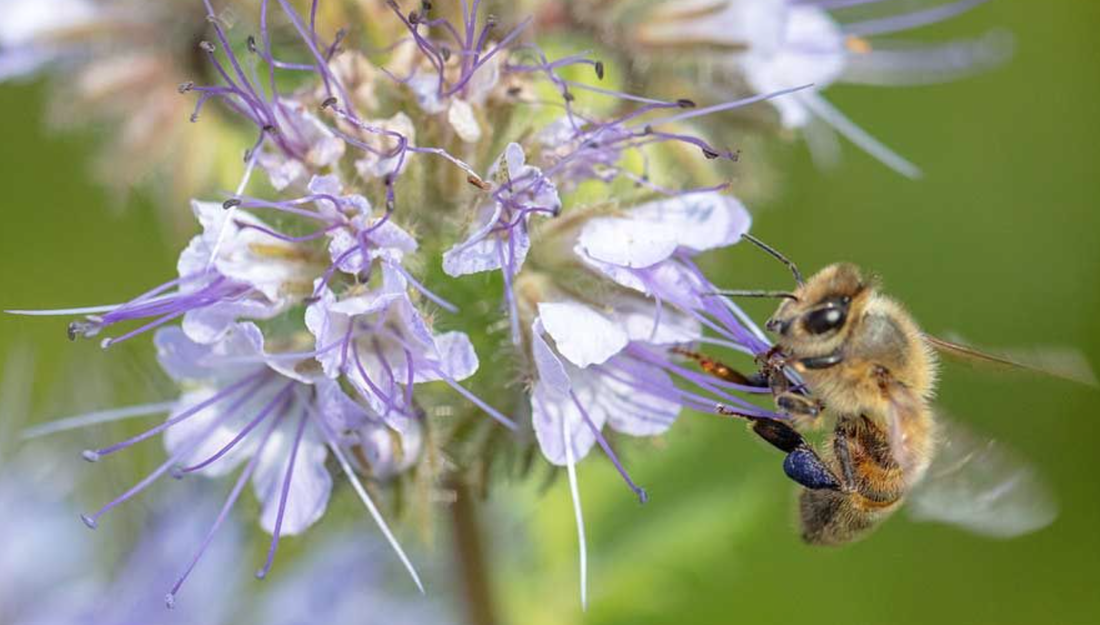

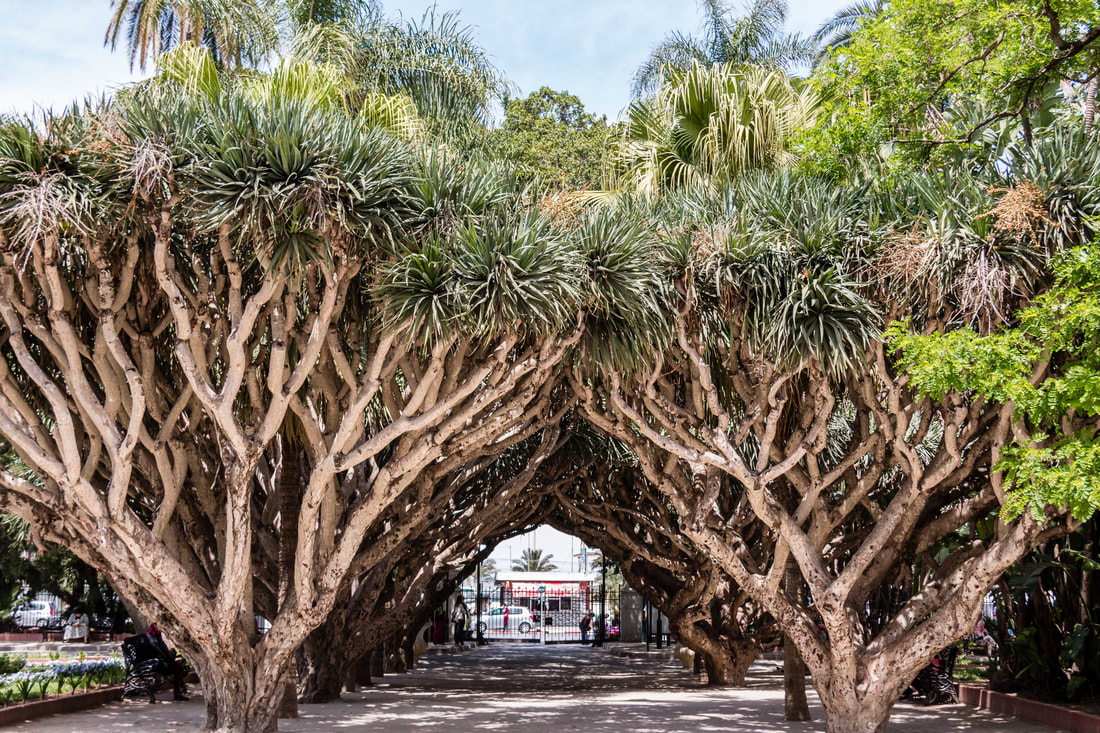
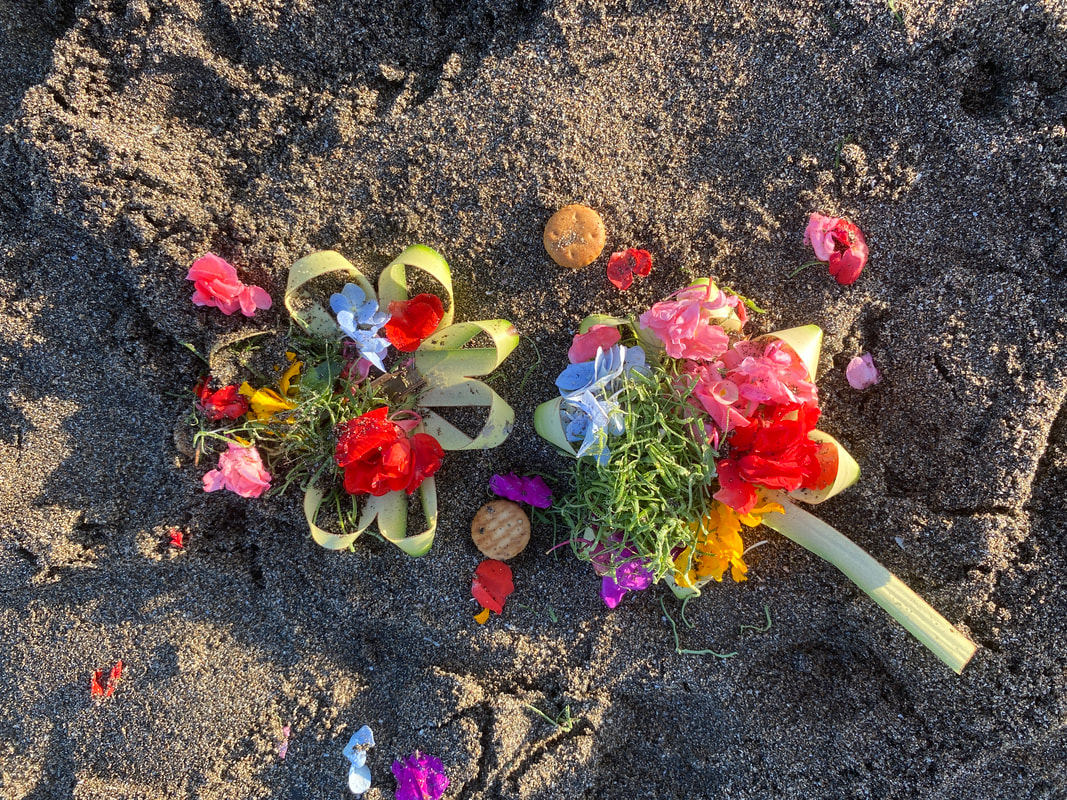
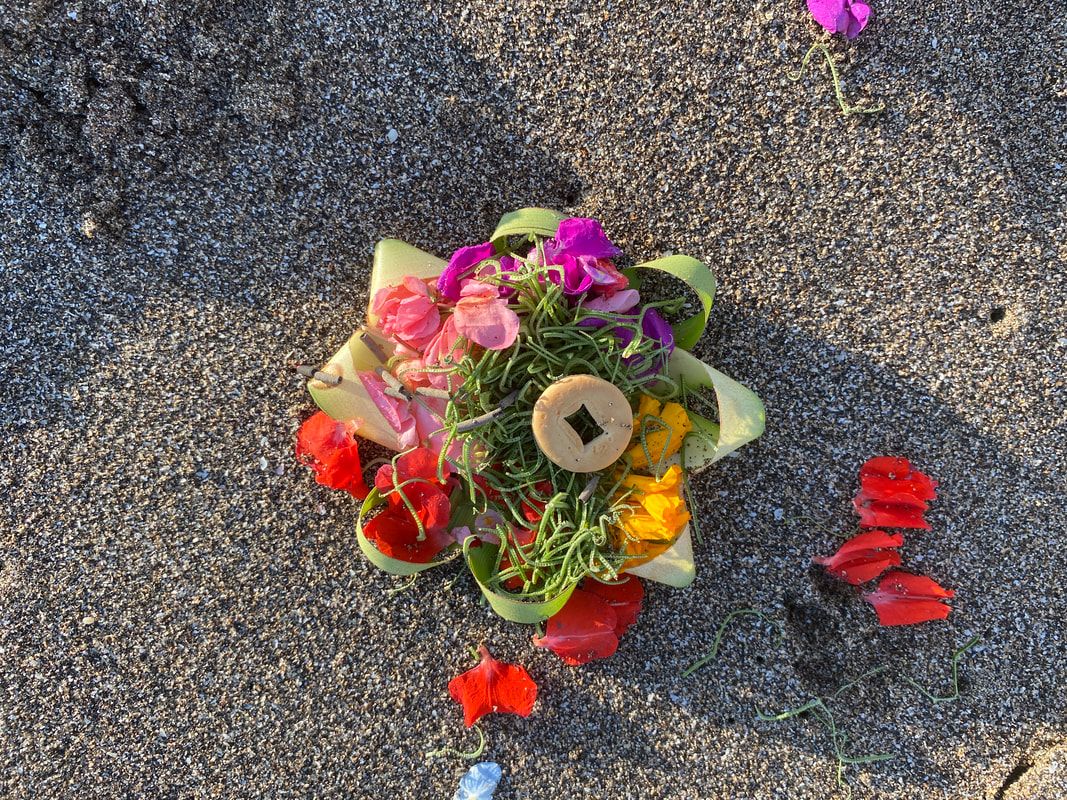
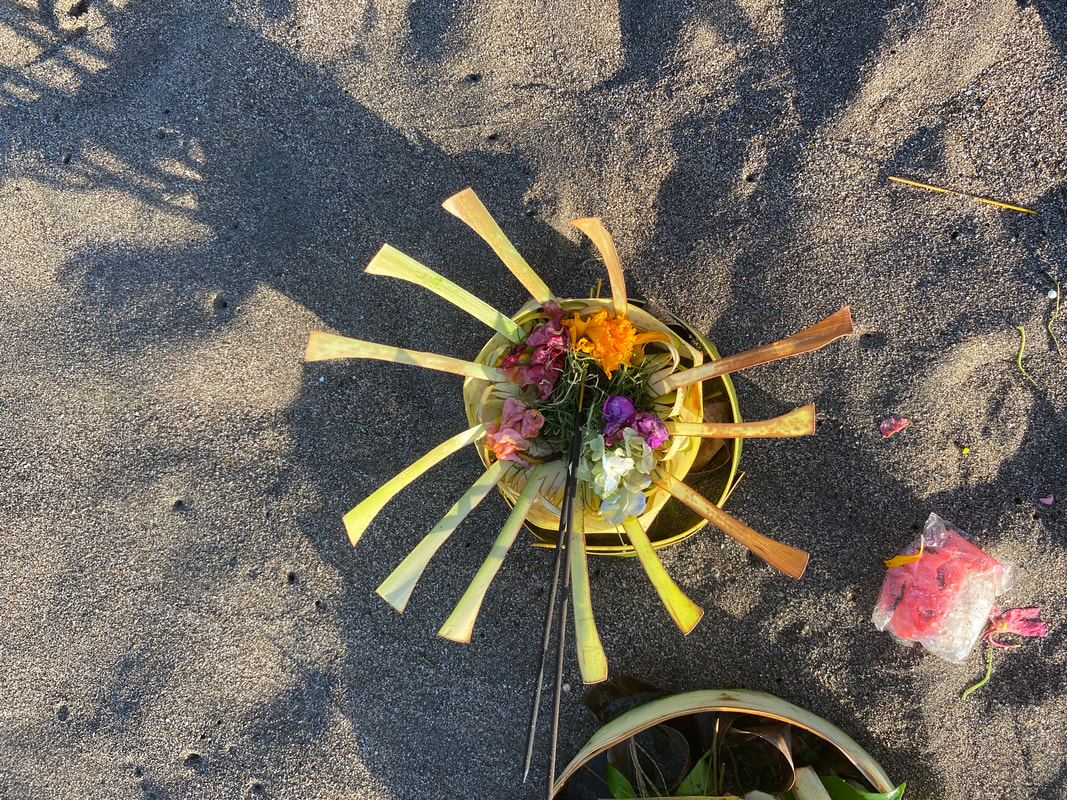
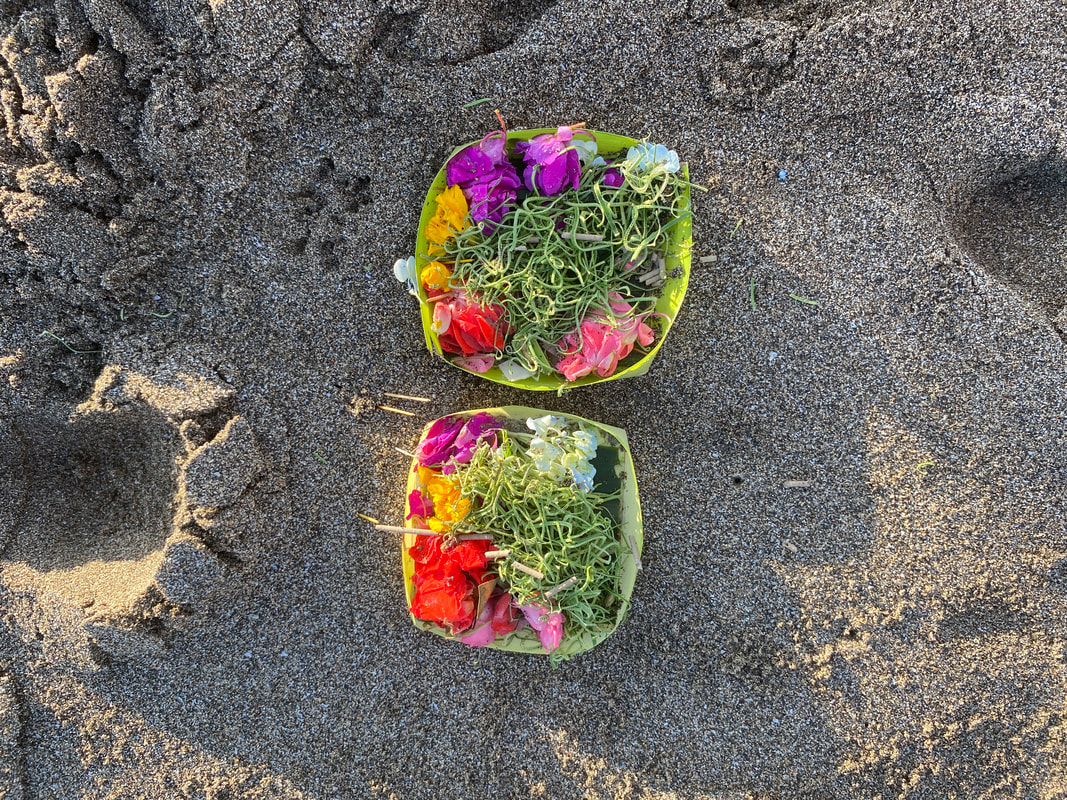
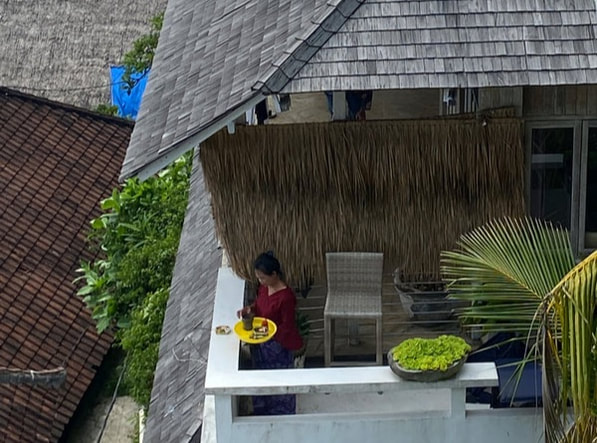
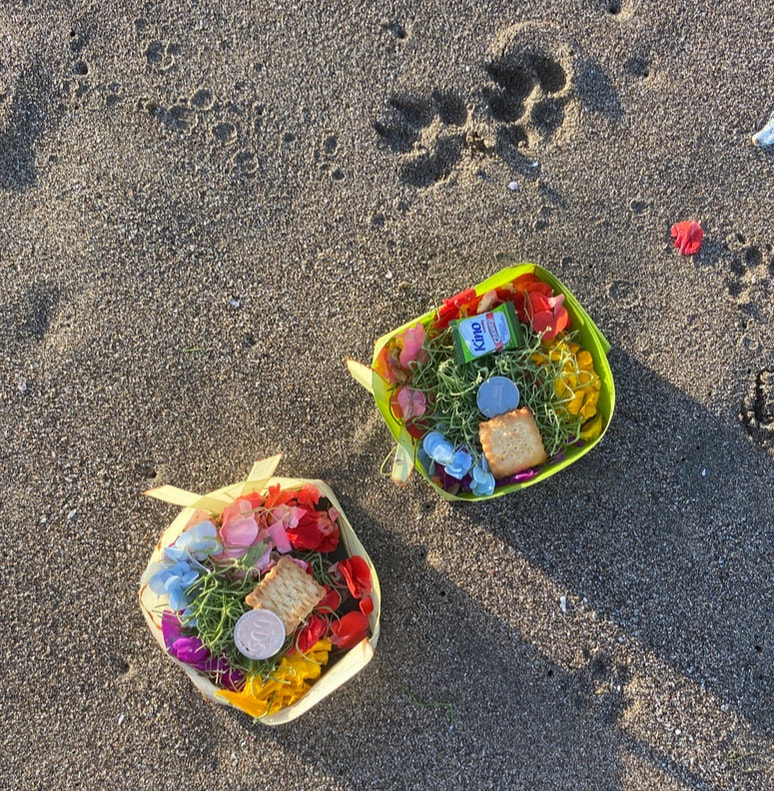
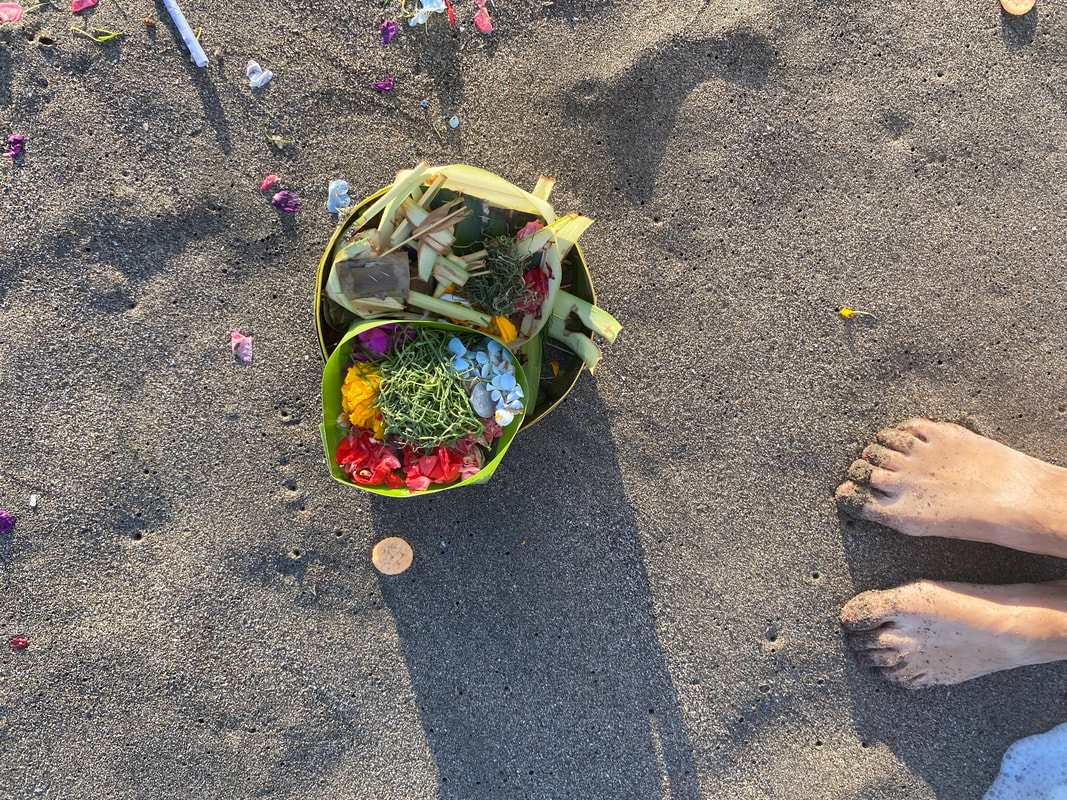
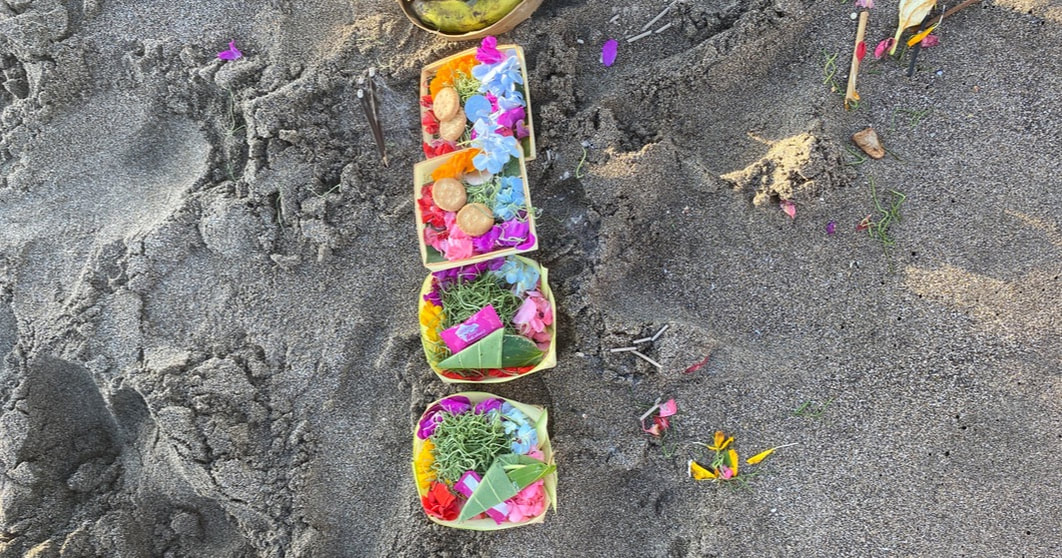

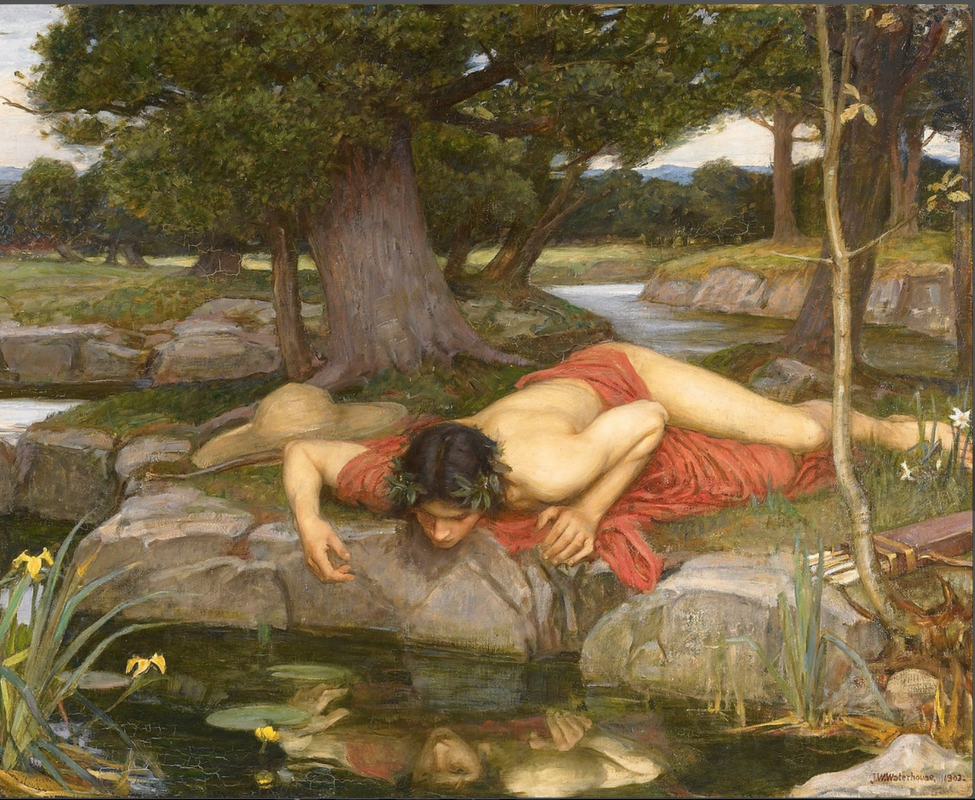
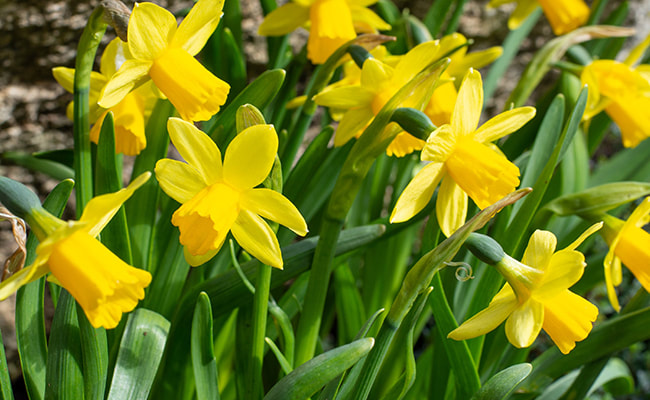
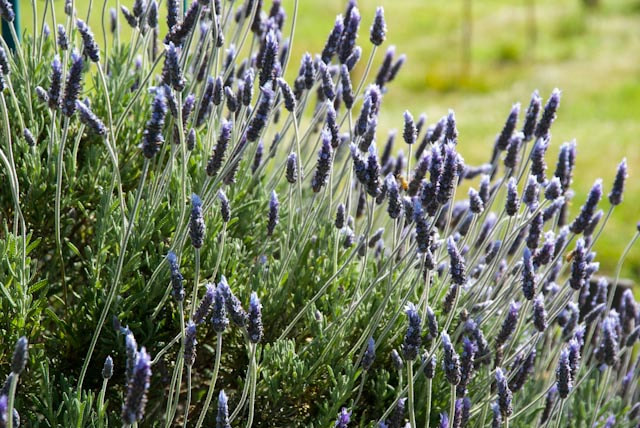
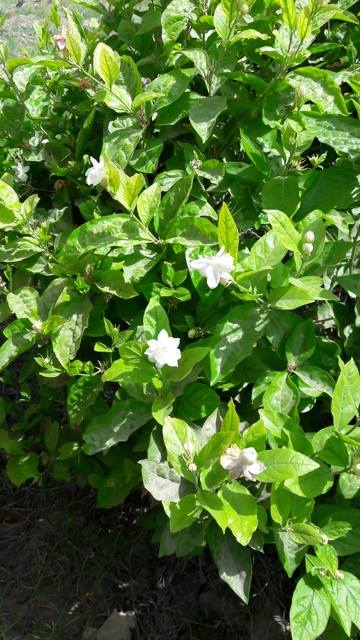

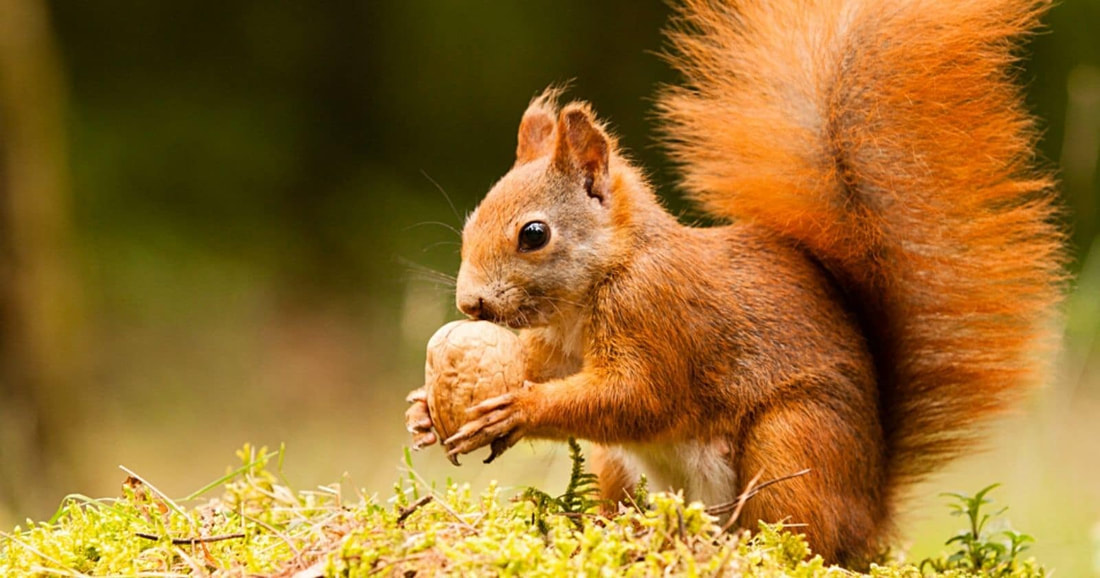
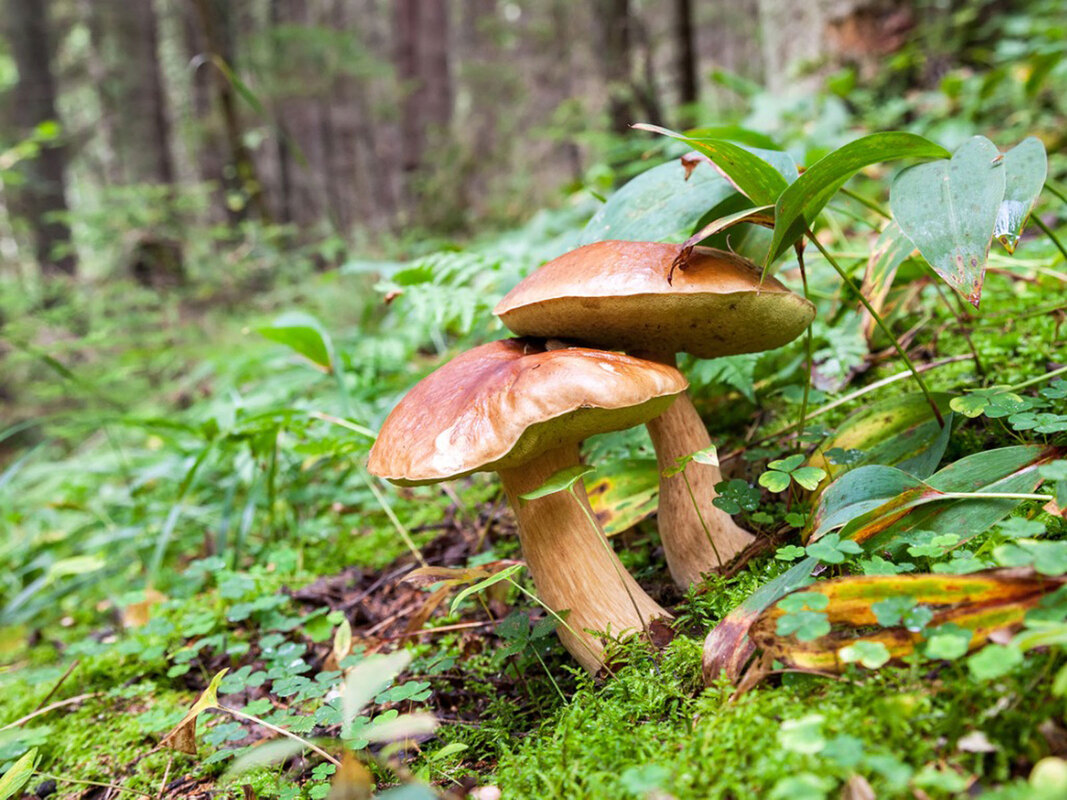
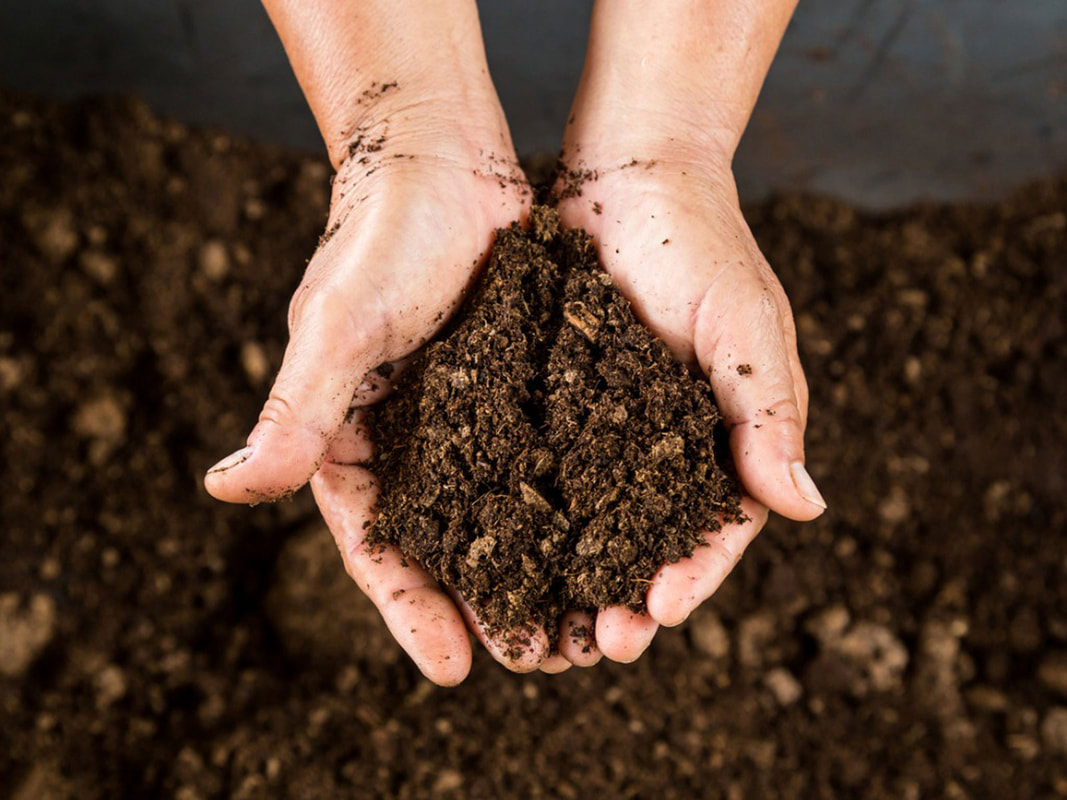
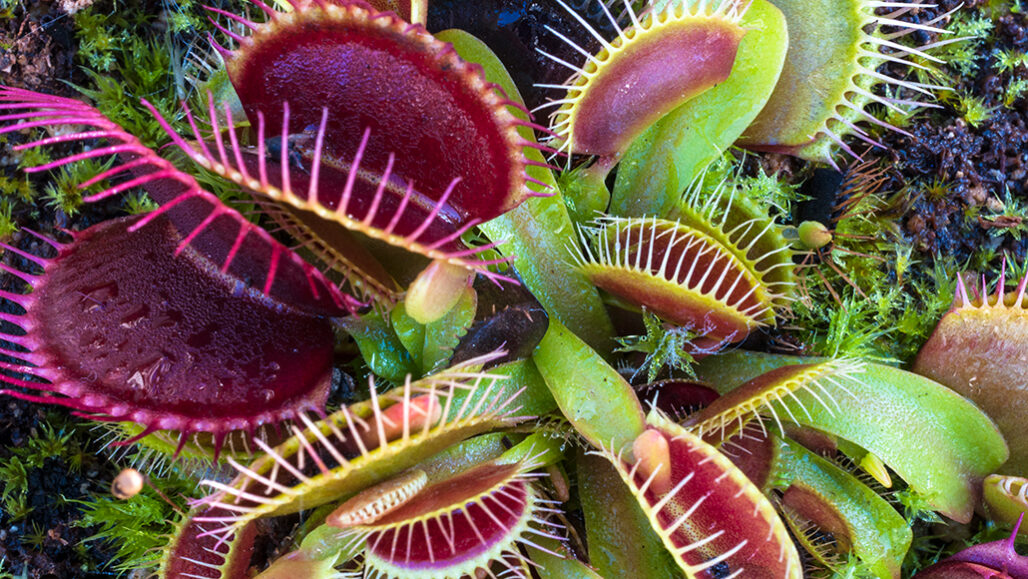
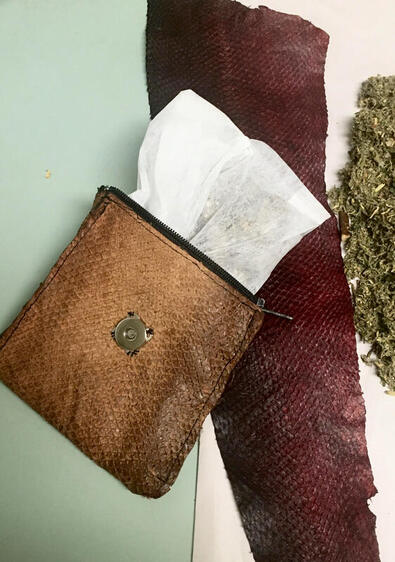
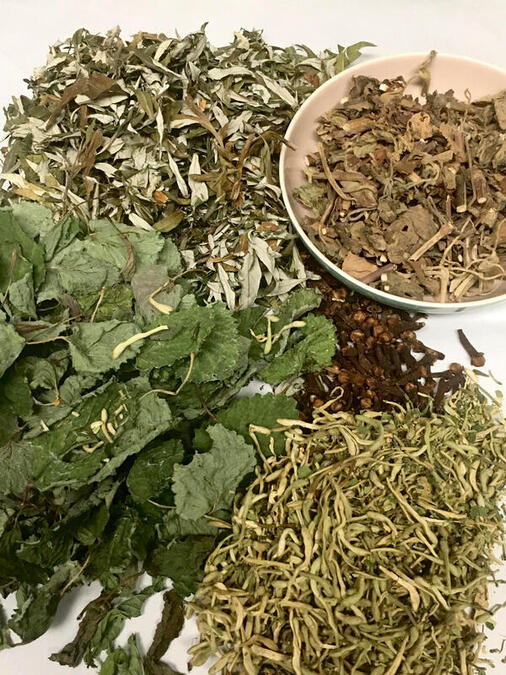
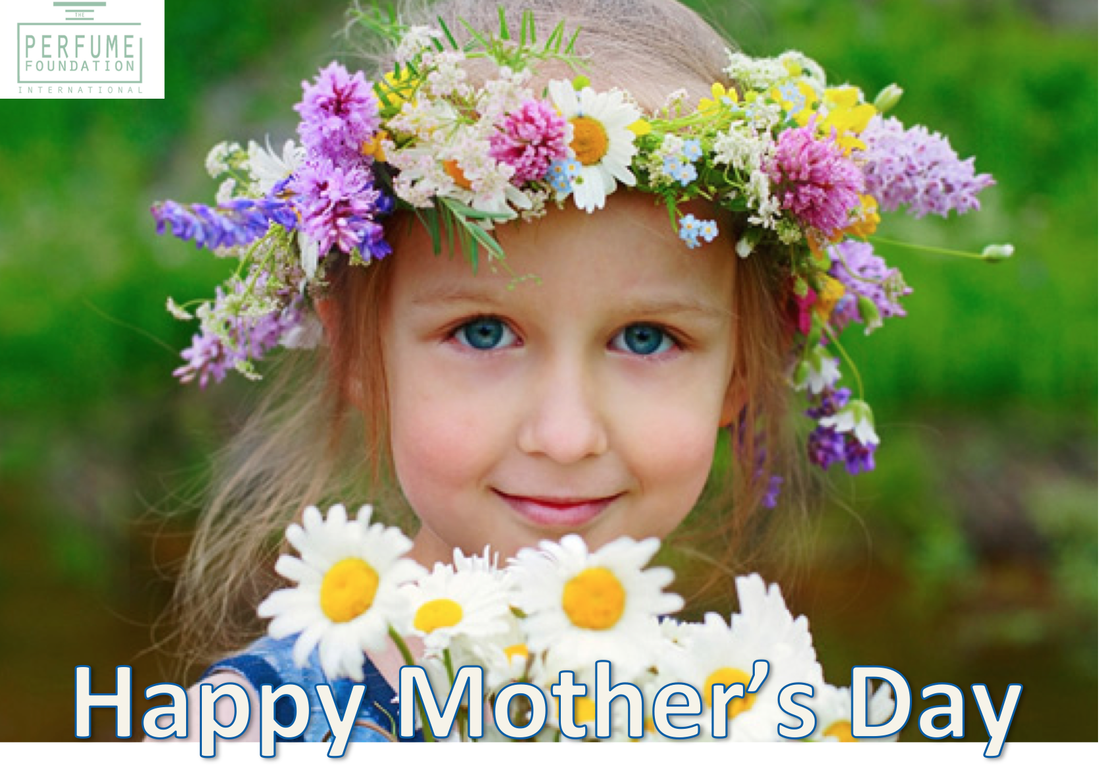
 RSS Feed
RSS Feed

